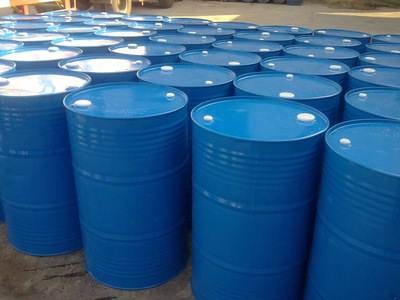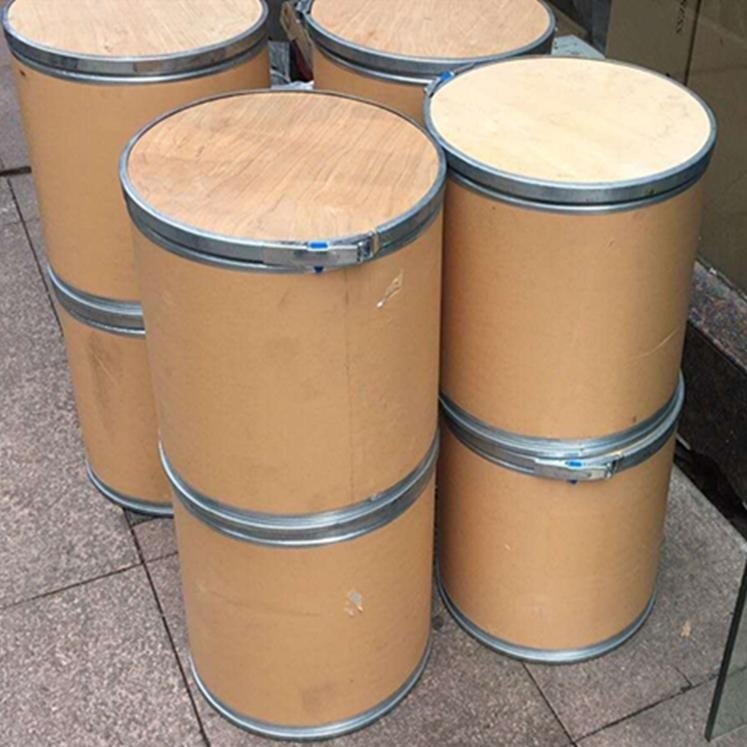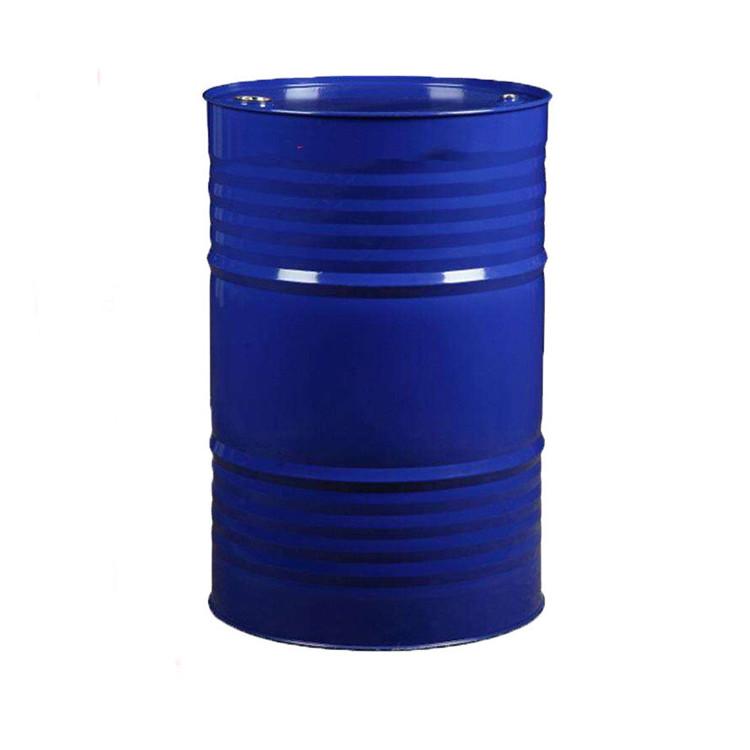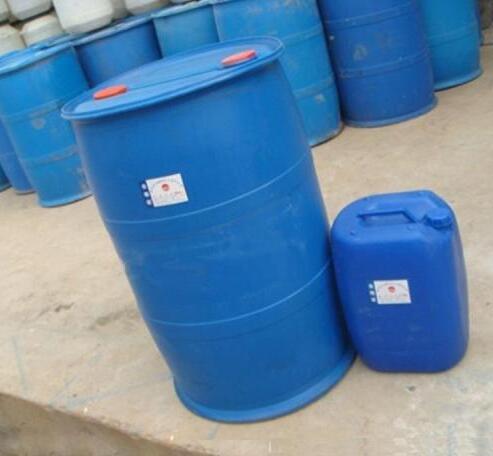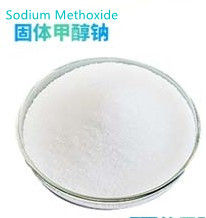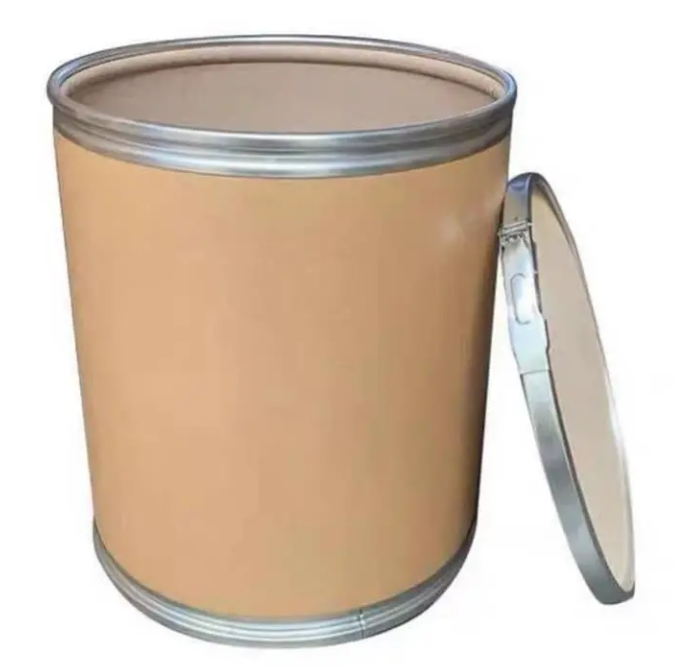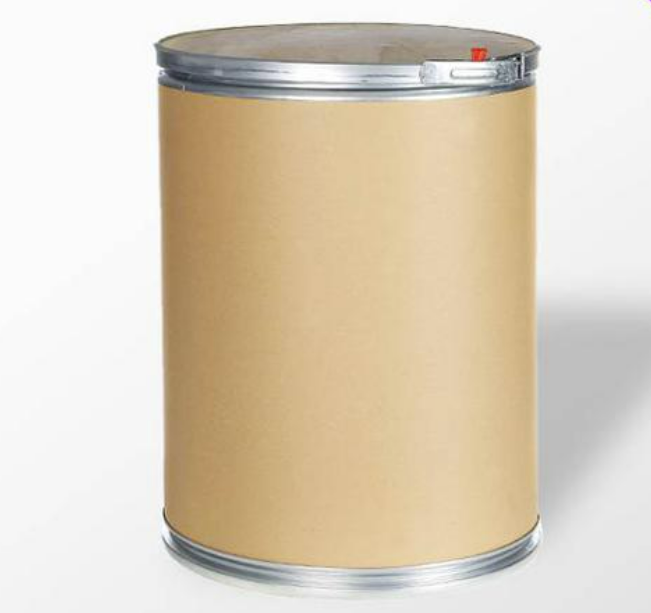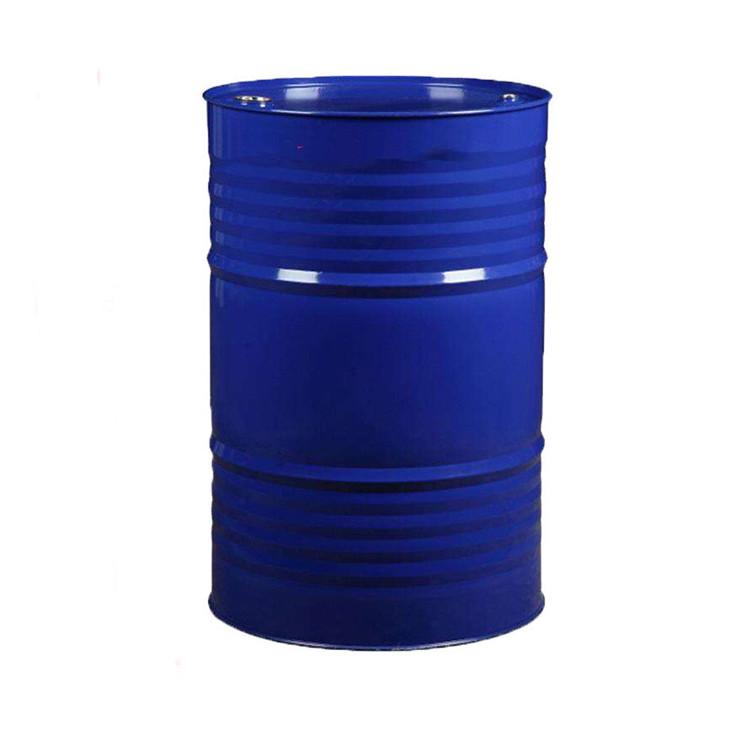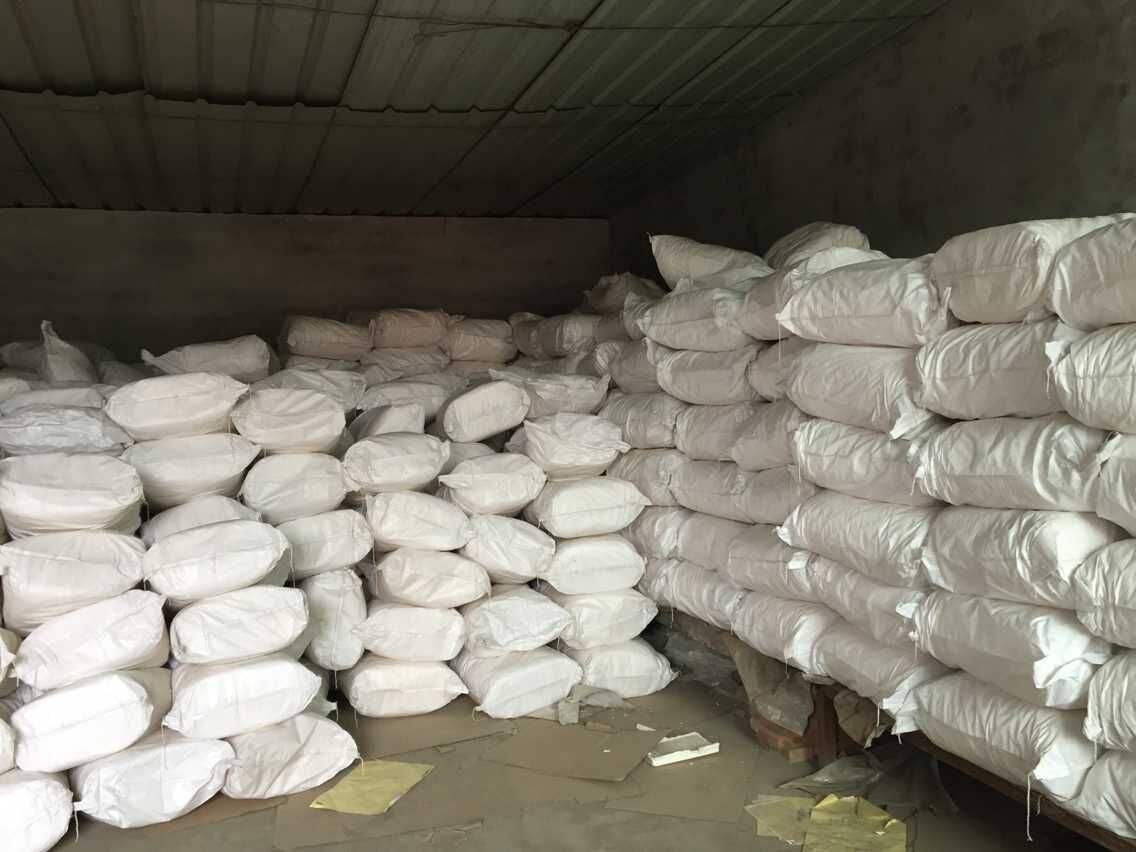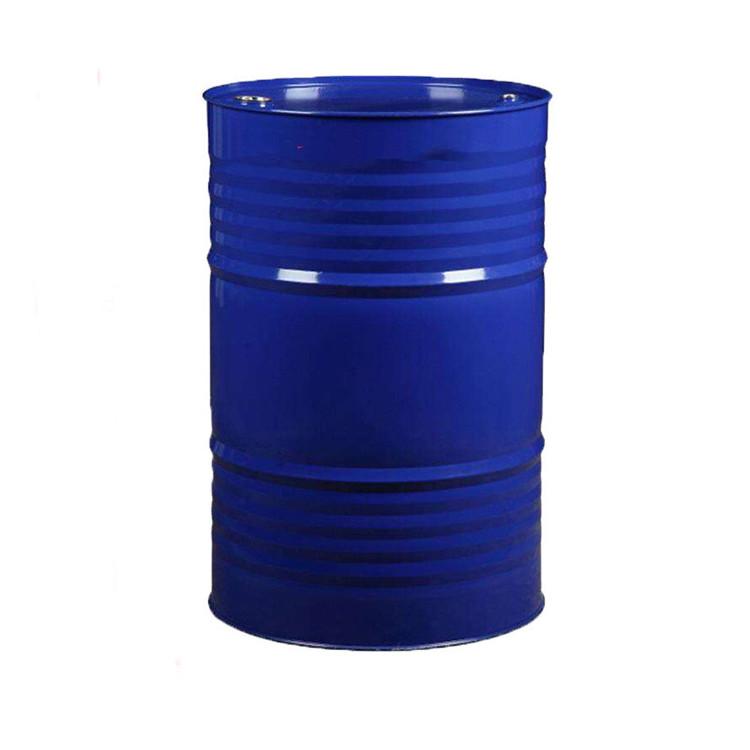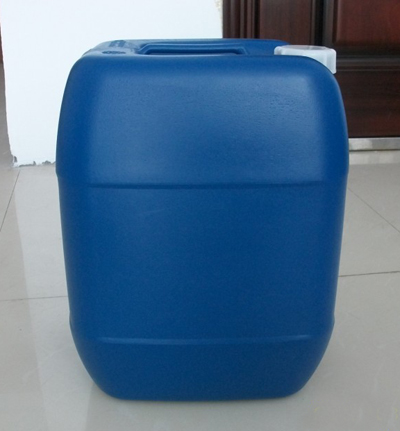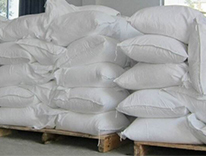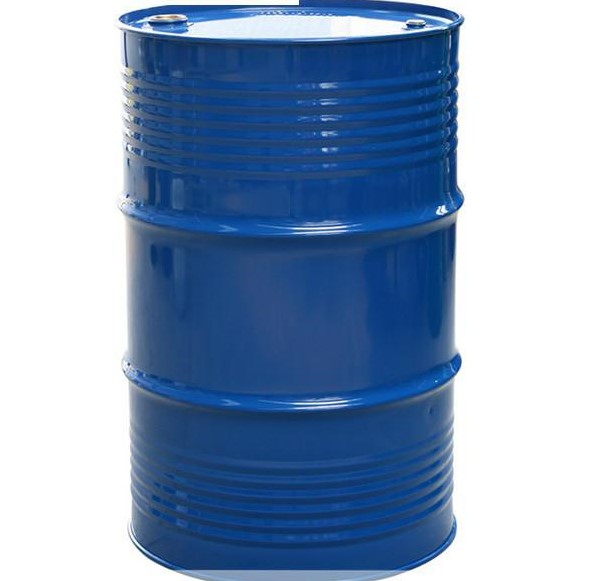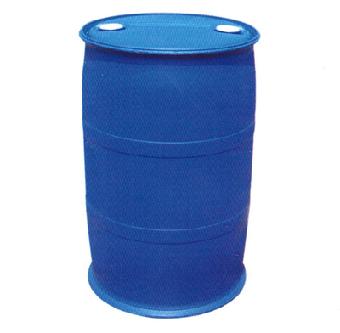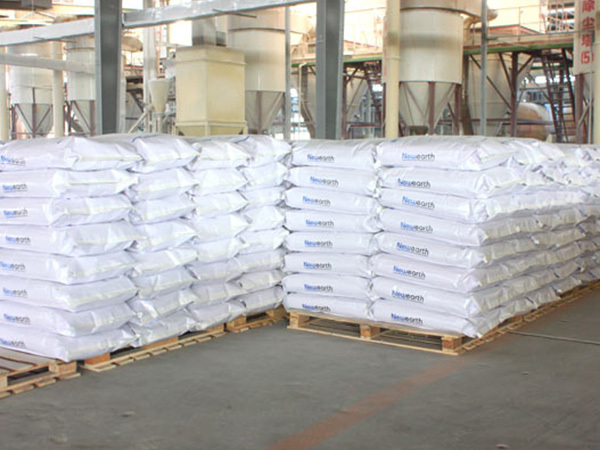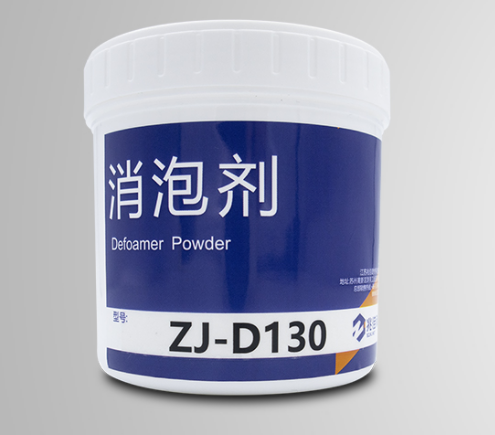Surfactants, Catalysts
Find
81
related chemicals for you
CAS:124-41-4
Molecular Formula:CH3NaO
Alias
More Information
Sodium Methylate; Sodium Methanolate; Methanol Sodium Salt; SMO; Feldalatnm; Methanol, Sodium Salt; Methoxysodium; Methylatedesodium(French)
Brief Introduction
Sodium methoxide is a kind of alkoxide formed from methanol, which is a strong base commonly used in organic synthesis. There are two forms of sodium methoxide: solid and liquid. The solid is pure sodium methoxide, and the liquid is methanol solution of sodium methoxide. The content of sodium methoxide is 27.5 ~ 31%. Liquid sodium methoxide is colorless or yellowish viscous liquid, sensitive to oxygen, flammable and explosive. Easy to absorb moisture. It dissolves in methanol and ethanol, decomposes into methanol and sodium hydroxide in water, and decomposes in air above 126.6 ℃. Insoluble in benzene and toluene. It has strong irritation and strong corrosiveness. It is used as condensation agent, strong basic catalyst and methoxylation agent for the preparation of vitamin B1, a, sulfadiazine and other drugs. A small amount is used in pesticide production. It can also be used as a catalyst for the treatment of edible fats and oils, especially lard. It can also be used as analytical reagent. Solid sodium methoxide is a colorless amorphous powder, sensitive to oxygen, flammable, soluble in methanol and ethanol, decomposed into methanol and sodium hydroxide in water, and decomposed in air above 126.6 ℃. It is mainly used in the production of sulfonamides, VB6 and VA. Sodium methoxide is also a catalyst for organic synthesis, which is used in pesticide production and oil processing industry.
Suppliers
View More Vendors (9) >
CAS:63148-62-9
Molecular Formula:C6H18OSi2
Alias
More Information
Poly(Dimethylsiloxane); Silicone Fluid; 2,2,4,4-Tetramethyl-3-Oxa-2,4-Disilapentane; Hexamethyloxy Disilane; Dimethylsilicone Fluid; Polydimethylsiloxane; KF-96-1000CS; Methyl Silicone Oil; Silicone Oil 350; Emulsified Silicone oil; sfp 350 Silicon oil; Polydimethylsiloxane CAS 63148-62-9; Silicon 350
Brief Introduction
This product can be used as high-grade lubricating oil, anti vibration oil, emulsifier, insulating oil, defoaming agent, film remover, polishing agent and vacuum diffusion pump oil. It can also be used as moisture-proof and rust proof coating on metal surface and waterproof coating on building surface, Used as rigid polyurethane foaming agent.
Suppliers
View More Vendors (4) >
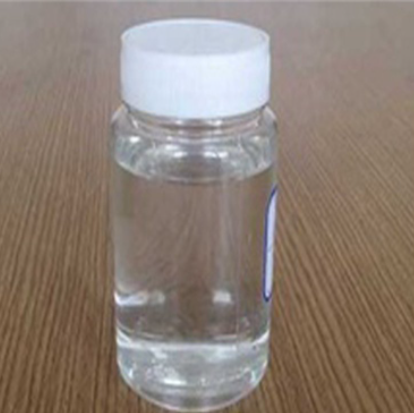
201-10 Viscosity CS/25:10±2,HG2-1490
/
Tech Grade
200kg
/
Plastic Drum
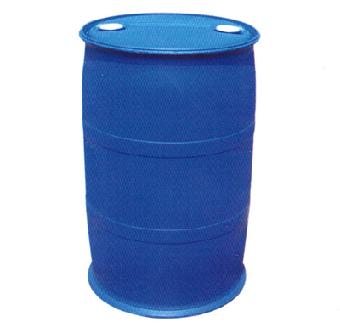
High concentration hydrophilic silicone oil S660
/
Tech Grade
125kg
/
Plastic Drum
CAS:1338-41-6
Molecular Formula:C24H46O6
Alias
More Information
Span 60; Sorbitane Monostearate; Sorbitan Monostearate; Sorbitanmonostearate; Sorbitan Monooctadecanoate; Lonzest(R) SMS; Arlacel 60; SPAN(R) 60; SPAN NO 60; FEMA 3028; SPAN(TM) 60; Barchlor 16S; Emulsifier S-60; Sorbitan
Brief Introduction
This product is widely used as emulsifier in food, medicine, pesticide, explosive and other industries, and as dispersant in paint and pigment. Used as gas chromatography stationary liquid, emulsifier and thickener. This product is used as emulsifier and stabilizer in medicine, cosmetics, food, pesticide, coating and plastic industry, antistatic agent and soft oiling agent in textile industry.
Suppliers
View More Vendors (4) >
CAS:26590-05-6
Molecular Formula:C11H21ClN2O
Alias
More Information
Poly(Acrylamide-Co-Diallyldimethylammonium Chloride) Solution; Dmdaac Copolymers; 2-Propen-1-Aminium,N,N-Dimethyl-N-2-Propenyl-,Chloride,Polymer With 2-Propenamide; Poly(Acrylamide-Co-Diallyldimethylammonium Chloride), Antistatic Agent; Diallyldimethylammonium Chloride; Acrylamidecopolymer; N,N-Dimethyl- N-2-Propen-1-Aminium Chloride,Polymer With 2-Propenamiole; High Efficient oil-Water Separator Agent; M550
Brief Introduction
This product is used as flocculant for sludge regulation in urban sewage, industrial sewage and wastewater treatment system. It is especially suitable for dehydration of suspended organic sludge and biodegradable sludge such as raw sewage or processing sewage, food processing wastewater, fermentation wastewater, and clarification of various types of industrial wastewater. This product can be used as retention aid in papermaking industry and dewatering of wastewater sludge containing fiber. It is used to treat various mineral slurries in mining and mineral processing. It is also used for oil-water separation, crude oil dehydration and oily wastewater treatment in oil fields and refineries. It is also widely used in daily chemical industry and textile industry.
Suppliers
View More Vendors (4) >
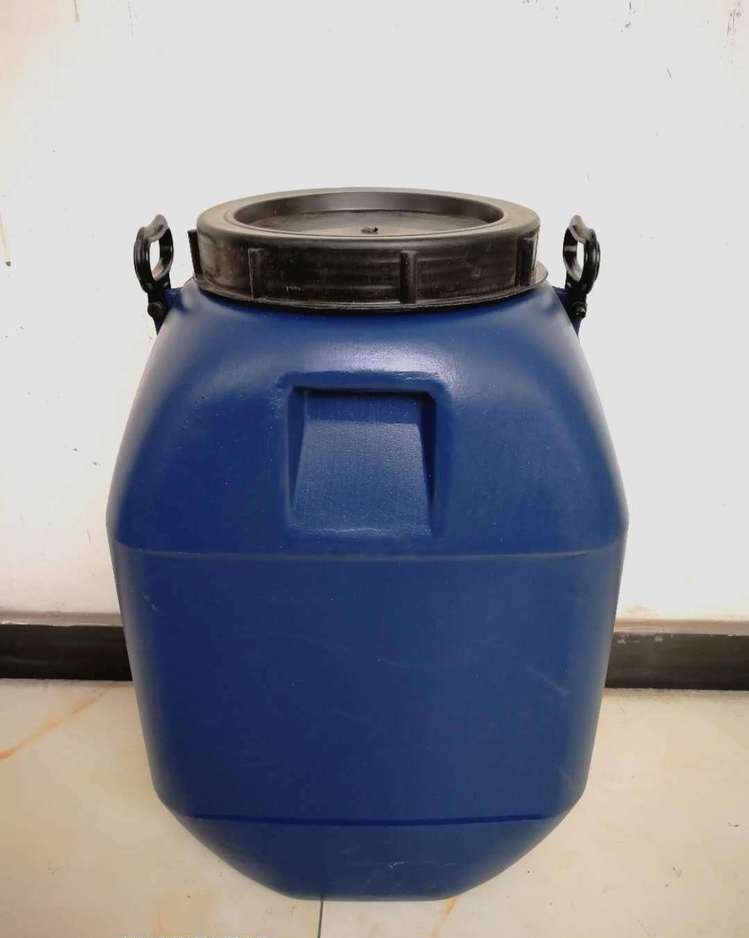
HTS-501:Solid content 40±1%
/
Tech Grade
50kg
/
Plastic Drum
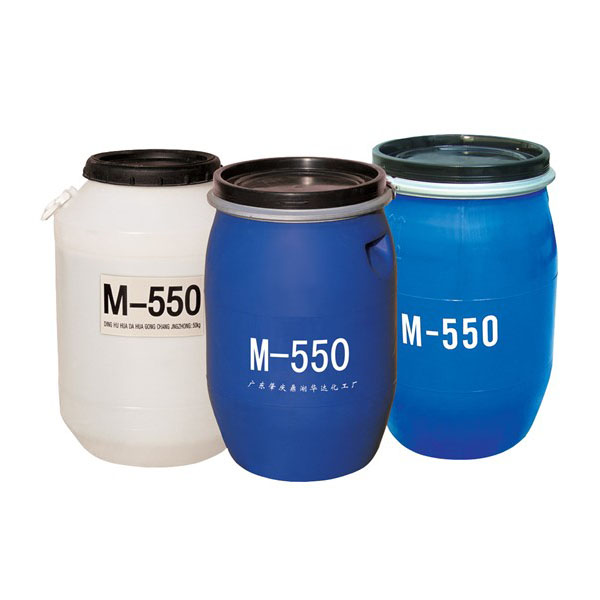
PH value (1% aqueous solution): 3-7; Solid content (%): ≥ 7; Viscosity (25 ℃ MPa. S): ≥ 8500
/
Tech Grade
35kg
/
Plastic Drum
Solid content 9-10%
/
Cosmetic Grade
200kg
/
Plastic Drum
Brief Introduction
Antifoaming agents refer to substances that can reduce the surface tension of water, solutions, suspensions, etc., prevent foam formation, or reduce or eliminate the original foam. During paper making, foam will accumulate in the wet paper system due to unreasonable sizing, poorly washed pulp, use of basic filler in acidic system, and addition of various additives, resulting in formation of foam spots on the paper that is copied, such as transcurtain and so on. Depending on the situation, various types of antifoam agents can be added in the paper manufacturing procedure. Antifoam agents in early use were hydrocarbon oils such as coal oil, paraffin oil, sulfonated oils, sodium oleate, octanol, and others. Among the effective components of the more recently used antifoam agents are silicones, polyether type surfactants, aliphatic amide type surfactants, etc. Antifoam agents can be further divided into oil-based and water-based antifoam agents, and their effective active components are generally the same, the advantage of water-based antifoam agents is that it has extremely little effect on various other additives, does not produce accumulation in the circulation, avoids the occurrence of resin barriers, and thus is the direction of development.
Suppliers
View More Vendors (4) >
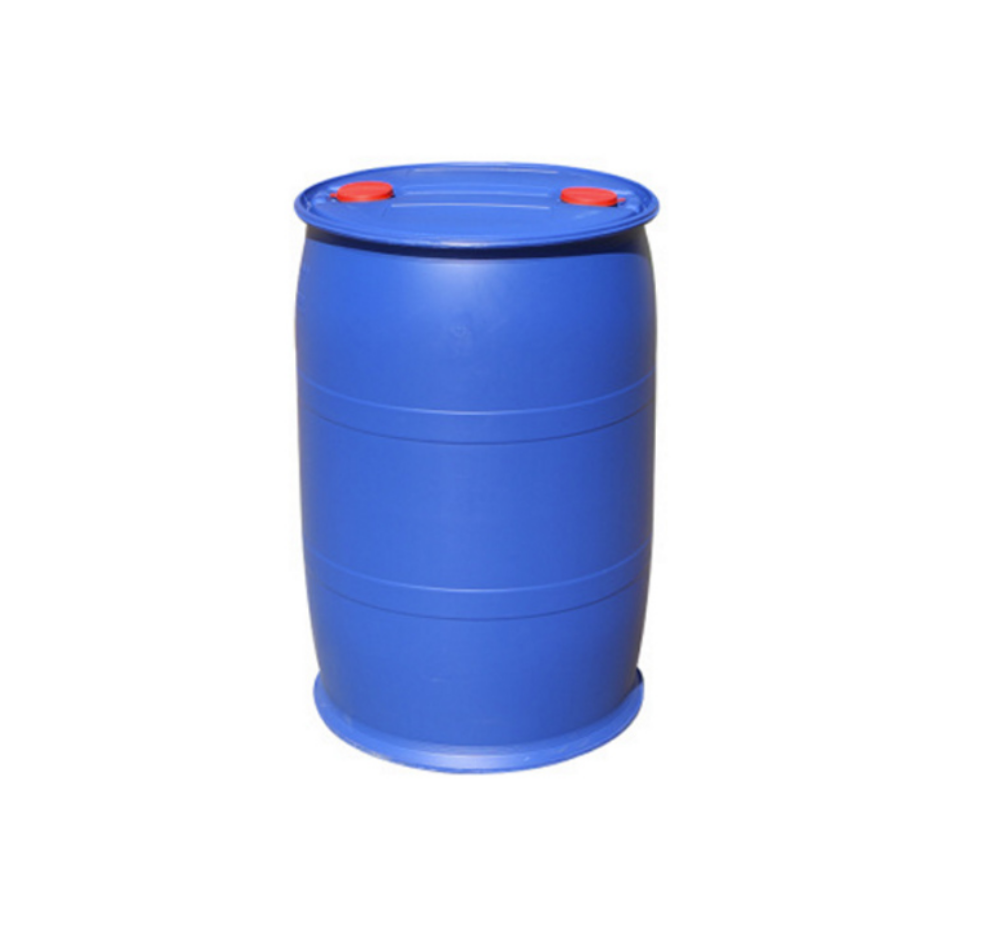
Polyether defoamer G
/
Tech Grade
200kg
/
Plastic Drum
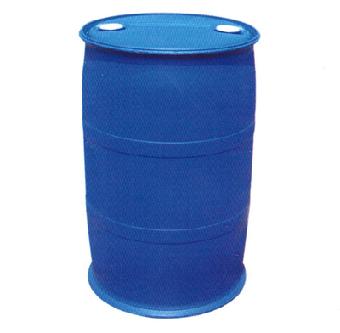
Specific gravity: 0.97 ± 0.05; PH: 6-8, viscosity ≤ 1000cps
/
Tech Grade
200kg
/
Plastic Drum
Inquiry (
10
/ 10
)
Clear All
You can inquire for up to 10 products at a time
Sign In
Error!

